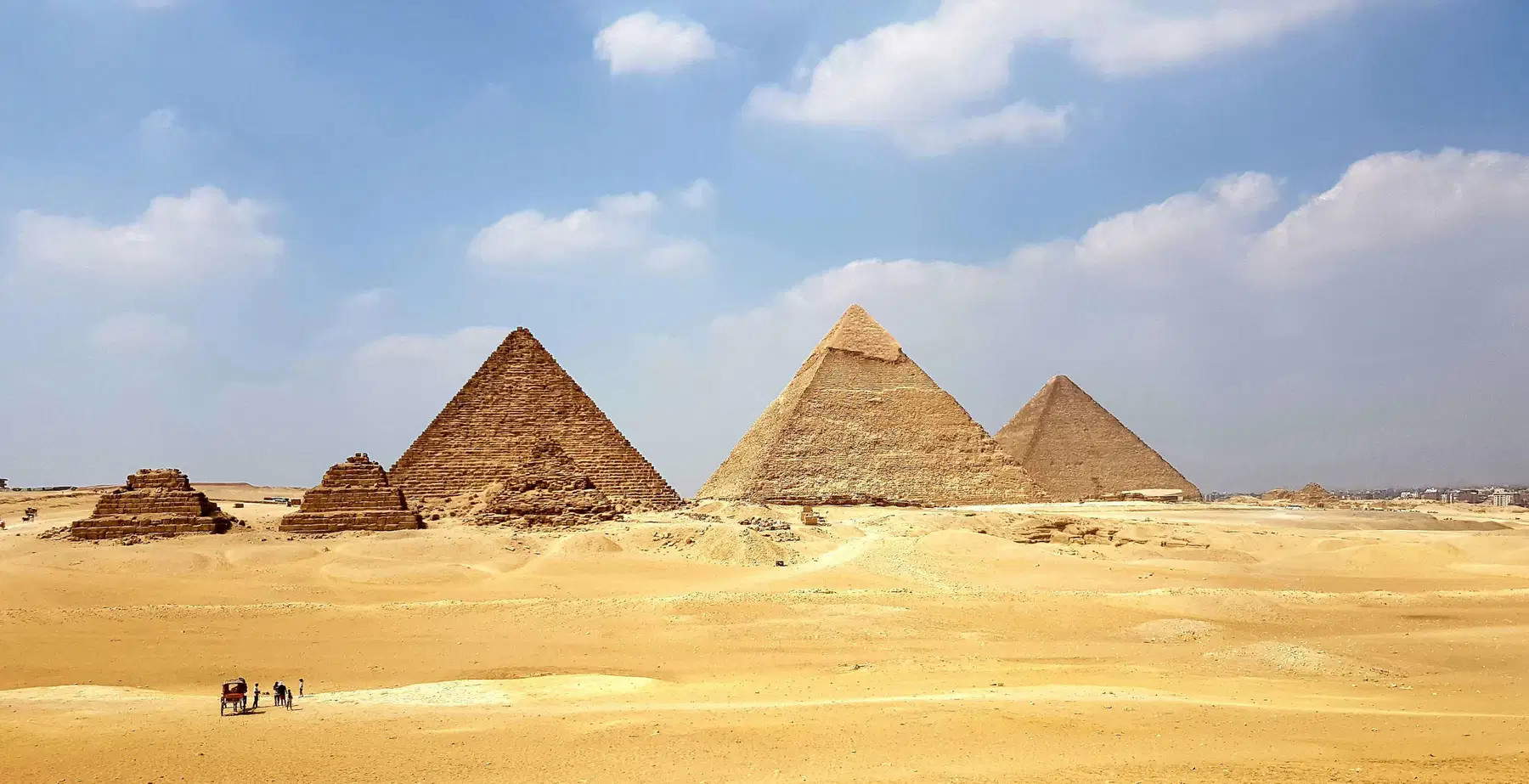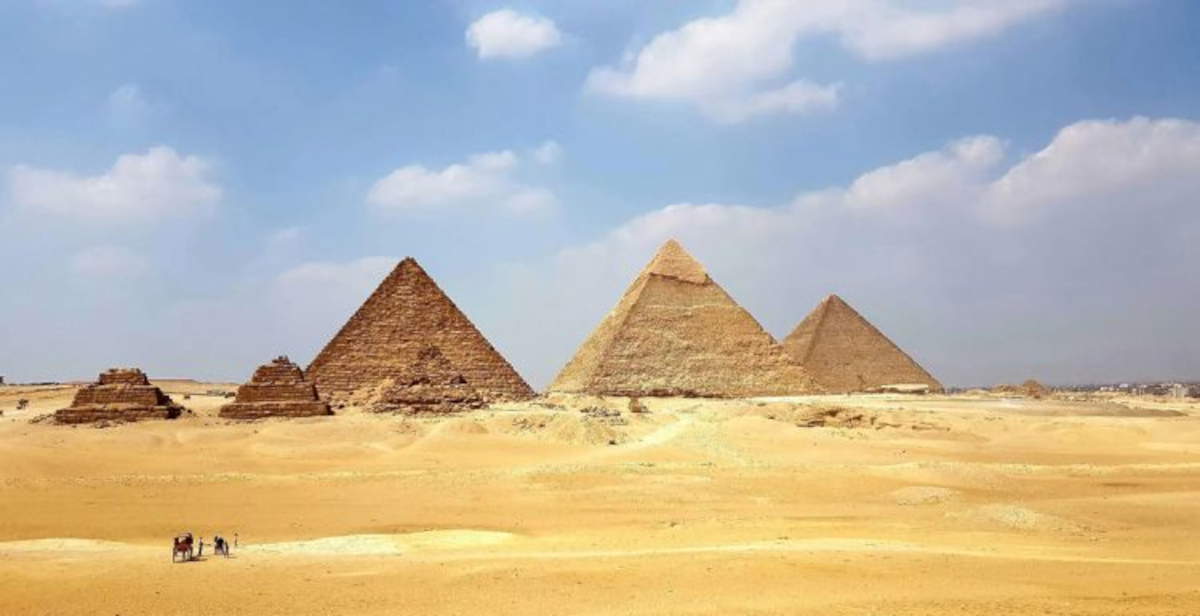Every year, some 2.5 million visitors travel to the Pyramids of Giza with the goal of experiencing something worthy of one of the Seven Wonders of the World. For a long time, however, reaching the archaeological site in Egypt meant dealing with crowded crowds and facing particularly pushy street vendors. Today, thanks to a $30 million investment to rethink the entire experience, as Bloomberg magazine reports, access to the pyramids could become more rewarding and less stressful. An efficient bus system takes tourists around the area, aggressive commercial pressures have been reduced, and one can even dine at a fine-dining restaurant overlooking monuments boasting more than 4,600 years of history.
In parallel, according to a report in the Telegraph magazine, the project, which is named Giza 2030, focuses on optimizing visitation to one of the world’s most treasured historic sites. In recent days, reports released by Bloomberg have spoken of a $51 million redevelopment for the Giza Necropolis, prompting puzzlement and criticism. One has to wonder whether a site nearly 5,000 years old can really be renovated or improved, and whether that makes sense. The answer lies in the fact that the intervention is not intended to alter or beautify ancient structures, such as adding floors to the Great Pyramid or painting the Sphinx, but to improve the visitor experience by protecting them from the intrusiveness of unauthorized vendors and guides.

Leading the project to restore the site is Orascom Pyramids Entertainment, a subsidiary of the Orascom Investment Holding group and entrusted with a 30-year concession with the Egyptian government’s General Tourism Organization. Egyptian tycoon Naguib Sawiris, the company’s founder, strongly wanted the project, believing that the Pyramids of Giza deserve equal treatment with monuments such as the Colosseum or the Acropolis. In the article offered by Telegraph Sawiris specified that no one ever wanted to privatize the Pyramids, but rather to offer a modern, controlled service that respects the archaeological site. His speech therefore focused on the renovation of the outdoor area and the organization of the entrance routes. Indeed, among the most notable innovations is the creation of a new access to the northwest of the site, along Faiyum Desert Road, designed to relieve congestion at the main entrance and prevent a disorderly influx of vehicles and vendors.
In any case, the initiative has raised protests from many local traders, who are used to working near the pyramids. Some have even attempted to block the opening of the new entrance, fearing a drop in their income. The main goal, therefore, is to bring the Giza Necropolis to a level of excellence where visitors can enjoy the sights without constant interruptions. This is not only out of respect for tourists, but also for the very preservation of the monuments, which deserve to be admired in a context of dignity and tranquility. Moreover, for Telegraph, the recent approach of the Grand Egyptian Museum (GEM), located less than three kilometers from the site, is a key piece of this extensive project. The facility, which was scheduled to open on July 3, will serve as a cultural bridge between the archaeological collections and the pyramid complex. The connection between the two hubs will be provided by new pedestrian areas, hotels, and modern infrastructure that will facilitate travel.
 |
| Giza bets on tourism: $30 million to $51 million archaeological site redevelopment work |
Warning: the translation into English of the original Italian article was created using automatic tools. We undertake to review all articles, but we do not guarantee the total absence of inaccuracies in the translation due to the program. You can find the original by clicking on the ITA button. If you find any mistake,please contact us.